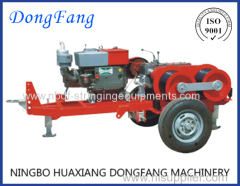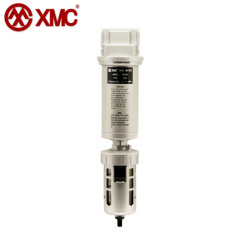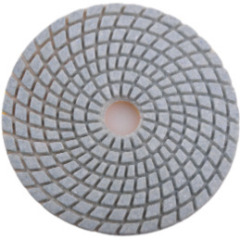You are here: home > Industry News > Internal Concrete Vibrator and External Concrete Vibrator
Product (250)
- Plate Compactors (13)
- Concrete Vibrators (6)
- Concrete Saws (1)
- Road Rollers (2)
- Power Trowels (225)
- Concrete Mixers (1)
- Tamping Rammers (1)
- Water Pumps (1)
Certificates (1)
Company News (2)
Industry News (14)
Why US (4)
Credit Report
Products Index
Company Info
CONSMAC Machinery Co., Ltd. [China (Mainland)]
Business Type:Manufacturer
City: Ningbo
Province/State: Zhejiang
Country/Region: China (Mainland)
Industry News
Internal Concrete Vibrator and External Concrete Vibrator
Concrete vibrators consolidate freshly poured concrete so that trapped air and excess water are released and the concrete settles firmly in place in the formwork. Improper consolidation of concrete can cause product defects, compromise the concrete strength, and produce surface blemishes such as bug holes and honeycombing.
An internal concrete vibrator is a steel cylinder about the size of the handle of a baseball bat, with a hose or electrical cord attached to one end. The vibrator head is immersed in the wet concrete.
An internal concrete vibrator is a steel cylinder about the size of the handle of a baseball bat, with a hose or electrical cord attached to one end. The vibrator head is immersed in the wet concrete.
External concrete vibrators attach, via a bracket or clamp system, to the concrete forms. There are a wide variety of external concrete vibrators available and some vibrator manufacturers have bracket or clamp systems designed to fit the major brands of concrete forms. External concrete vibrators are available in hydraulic, pneumatic or electric power.
Vibrating tables or shake tables are sometimes used to test products to determine or demonstrate their ability to withstand vibration. Testing of this type is commonly done in the automotive, aerospace, and defense industries. These machines are capable of producing three different types of vibration profile sine sweep, random vibration, and synthesized shock. In all three of these applications, the part under test will typically be instrumented with one or more accelerometers to measure component response to the vibration input. A sine sweep vibration profile typically starts vibrating at low frequency and increases in frequency at a set rate (measured in hertz per second or hertz per minute). The vibratory amplitude as measured in gs may increase or decrease as well. A sine sweep will find resonant frequencies in the part. A random vibration profile will excite different frequencies along a spectrum at different times. Significant calculation goes into making sure that all frequencies get excited to within an acceptable tolerance band. A random vibration test suite may range anywhere from 30 seconds up to several hours. It is intended to synthesize the effect of, for example, a car driving over rough terrain or a rocket taking off. A synthesized shock pulse is a short duration high level vibration calculated as a sum of many half-sine waves covering a range of frequencies. It is intended to simulate the effects of an impact or explosion. A shock pulse test typically lasts less than a second. Vibrating tables can also be used in the packaging process in material handling industries to shake or settle a container so it can hold more product.
Next Page:
How to control the dust when operate a...
.gif)






